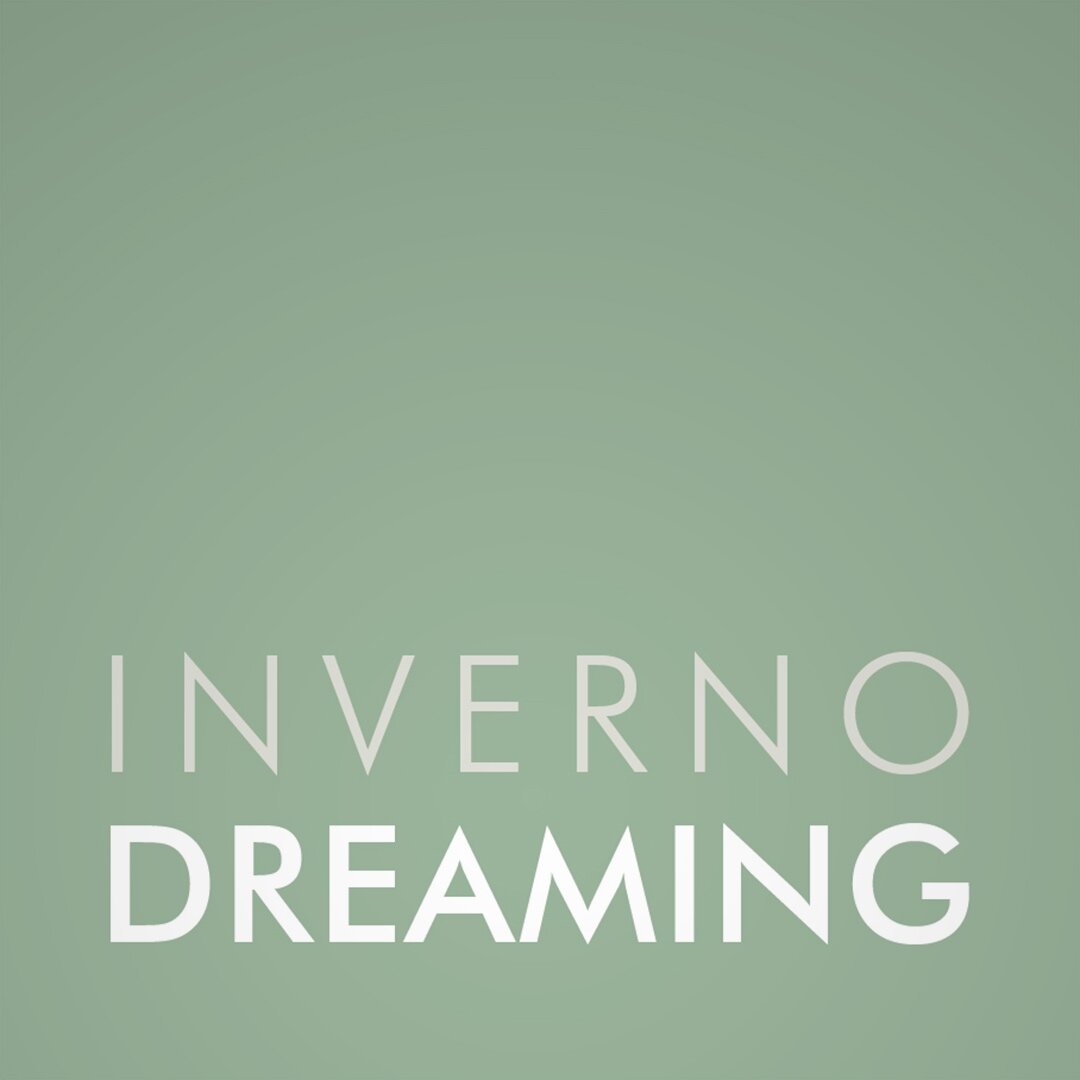Using SilverFast Ai Studio 8 Scanner Software
In my experience scanning is a bit of a dark art. It's not so much the actual scanning of the film, most modern scanners are straightforward to use with film flatness and focus height being the key issues. It’s what follows from there, the software driven inversion and colour correction. I've been scanning my own negatives for over eight years and have tried several different methods. Starting with EpsonScan then a short stint using VueScan before moving on to ColorPerfect with its requirement to make linear scans. These linear scans were produced with all scanning software settings turned off, so making a raw scan of the negative including its orange base and capturing all tonal and colour details unaffected by software at the scanning stage.
After weeks of tests and work with ColorPerfect, I decided that it was not for me, but I felt I had learned a valuable insight into the scanning process. I concluded that scanning was a three-stage process consisting of using hardware to capture and digitise data from a film negative, then using software to invert and colour correct the scan. Knowing that negative inversions were also possible with Photoshop I developed a workflow based around making linear scans, inversion, colour correction and post processing all with Photoshop, a sort of one-stop-shop.
I never thought this method was scanning nirvana but for some time it served me well. That was until I purchased an Epson V800 scanner. With its better optics and adjustable height scanning frames, I was at first absorbed by the massive jump in quality between the new V800 and my old V500 and for a while I continued scanning using my usual workflow and simply enjoyed the step up in hardware. The Epson V800 is supplied with EpsonScan and a licence for SilverFast SE8 Plus, soon I began to think maybe I should try this SilverFast thing.
At first like ColorPerfect, I was not hugely impressed with SilverFast's interface. It struck me as a bit out of date with its passé graphic icons, its multitude of buttons and its extensive all-on-show navigation, which made it look daunting, complex and not that attractive. Determined to see some useful results from SilverFast and buoyed on by some helpful online instruction, in particular, American photographer Nick Carver's in-depth YouTube videos I persisted, trying to break the learning curve of yet another software and scanning method. This post is not meant as a review or an instructional piece there is plenty of more detailed and better information online than anything I can say here it is rather an update of my scanning workflow and an honest recommendation.
Quite soon I worked out the basics of SilverFast's operation and what struck me upon seeing my negatives displayed on its large preview window was the software's ability to render skin tones and true colour in general. Together with additional adjustments using the applications tools, most of which will be familiar to anybody who has used photographic software such as curves, histograms, exposure controls, universal colour adjustments, it was straightforward to achieve the desired result. But for me, SilverFast's killer features are NegaFix, its ability to synchronise adjustment and settings across multiple frames and iSRD its infrared dust and scratch control.
NegaFix is a dropdown menu of hundreds of different film stocks specifically built by Laser Soft Imaging to match the film stock that is being scanned and together with its automatic colour cast removal gives an optimum starting point to any inversion. Applying contrast, tonal and colour corrections to a single image in a set identical settings can simply be duplicated over to any other frames shot in the same circumstances for tonal and colour consistency. SilverFast's dust and scratch control feature is called iSRD and is without a doubt my favourite feature.
Negafix menu (lower left) with Kodak Portra 800 selected to match film stock being scanned
Silverfast’s iSRD infrared dust and scratch removal shown here highlighted in red
Before using it I used to spend tedious hours spotting out each and every scan, no matter how hard I tried to control dust it was always a laborious task to clean every photo. In the past I had tried Epson's ICE but found it uncontrollable producing strange artefacts and edges, and so I was doubtful that iSRD would work. It does and very well. Adjustable and controllable leaving only a few barely visible artefacts that can easily be corrected. This one feature alone has made scanning so much more enjoyable for me.
It wasn't long before I turned a blind eye to SilverFast’s ugly interface and became convinced that this was the next step forward in scanning. I have since upgraded from SE8 to Ai Studio 8 which features some additional controls such as multiple mid-grey neutral selections and multiple exposure scanning. For me, there is no looking back, the improvement is significant, indeed I’ve even set about going back over my old negatives to rescan them!






